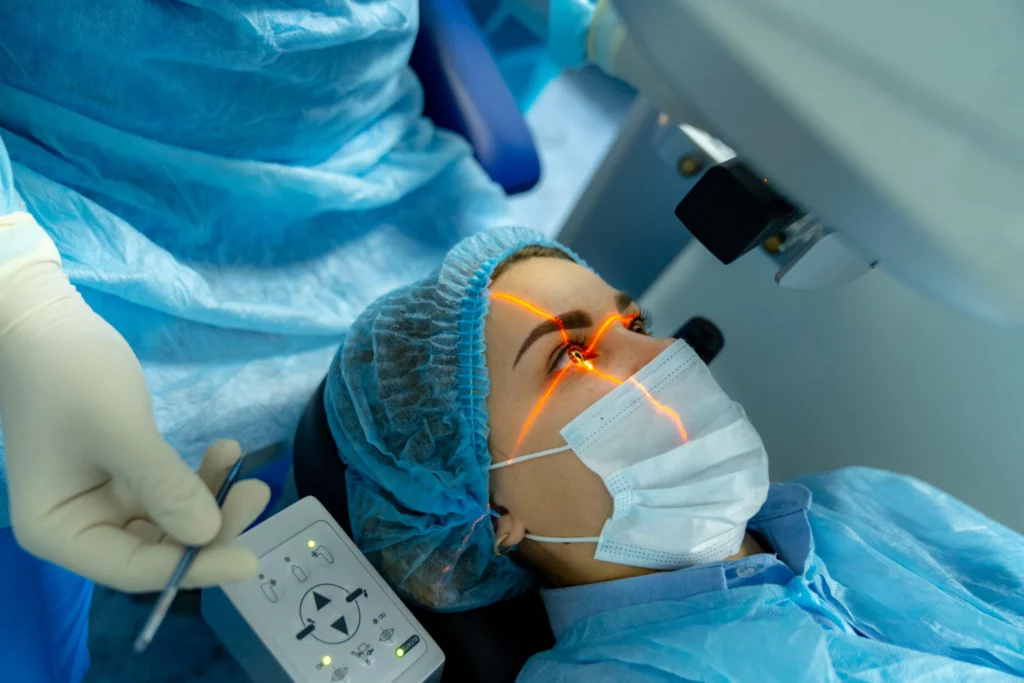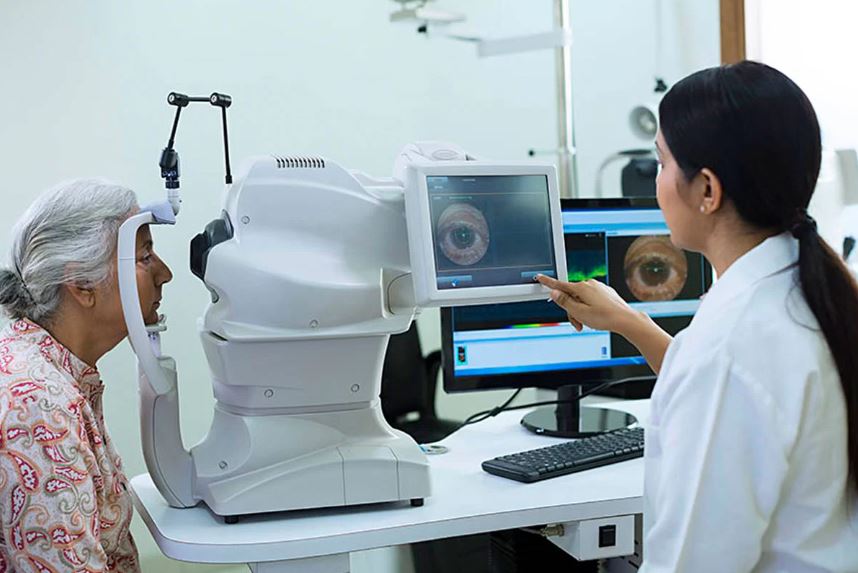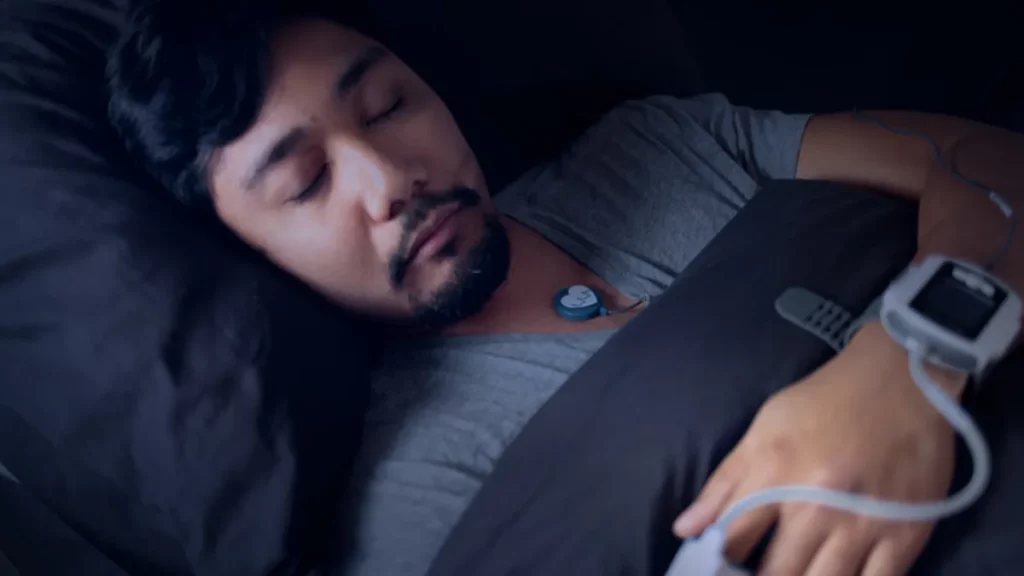Introduction: A New Beginning Through Clearer Eyes
Imagine living with fogged-up glasses all the time—indoors, outdoors, even in your sleep. That’s what cataracts can feel like. Now imagine removing those glasses in just 20 minutes and suddenly seeing your world again—clear, bright, full of color.
That’s what cataract removal can do. And yes, it’s that simple.
For many of my patients, especially seniors, cataract surgery brings a quiet kind of joy. It’s not just about better vision—it’s about gaining back independence, confidence, and the ability to live fully. The first 30 days after surgery are crucial, and understanding what to expect makes all the difference.
Let’s walk through this recovery journey together—week by week—so you or your loved one can move forward with clarity and peace of mind.
See more: Conducting a Sleep Apnea Home Test in Australia: Convenience and Accuracy
Week 1: The First Few Days
Right after the surgery, most patients feel relief—and a bit of curiosity. “Is that it?” they ask, surprised by how quick and painless it was. But then comes the part that matters just as much: recovery.
What you might feel:
- Mild itching or dryness in the eye
- Sensitivity to light
- Some blurry vision or glare, especially in the first 24–48 hours
Don’t worry—these sensations are completely normal. They’re just signs your eye is adjusting and healing.
What you should do:
- Use your eye drops exactly as prescribed. These prevent infection and reduce swelling.
- Don’t rub your eye. Even if it feels a little scratchy, rubbing can delay healing.
- Wear your eye shield while sleeping, especially in the first few days.
- Take it easy—avoid heavy lifting, bending over, or dusty environments.
Your first follow-up visit usually happens the next day. That’s when we check the eye, answer questions, and make sure everything is on track.
Week 2: Adjusting to Clearer Vision
This is the week when many people begin to notice the world becoming brighter. I’ve had patients tell me they hadn’t realized how yellow or dim everything had become until they started seeing with their “new eye.”
Common experiences:
- Surprised by how vibrant colors are
- Happy to recognize faces clearly again
- Curious about how quickly vision is improving
You’ll likely be able to resume light activities like reading, short walks, watching TV, or even light cooking. It’s still wise to avoid swimming or dusty areas, but most daily routines can return gently.
Emotionally, this week often brings renewed hope. Many people feel more themselves again—and that’s powerful.

Week 3: Gaining Confidence
By now, your vision is sharper, and things feel more natural. Many patients tell me they feel safe driving again or are comfortable resuming more social activities—visiting friends, attending community events, or going out to eat.
You may notice that:
- Nighttime glare is reducing
- Halos around lights (if any) are fading
- Your eye feels almost back to normal
There might still be a little dryness or occasional eye fatigue. That’s normal—your eye is still healing inside, even if it looks great on the outside.
At this stage, many patients begin asking about the second eye (if it hasn’t been done yet), or whether glasses are still needed. We’ll talk about that soon.
Week 4: Seeing the World Differently
By the end of the month, your vision is largely stabilized. You’ve likely had another follow-up visit, and we’ve checked to see if glasses are still necessary. Many patients don’t need them for distance, and some need only light reading assistance.
But the most beautiful part? Patients often say life feels lighter. They’re seeing things they haven’t noticed in years—fine print, leaves on trees, their grandchildren’s smiles in vivid detail.
Colors are sharper. Edges are crisper. Vision doesn’t feel like a battle anymore—it feels like a gift.
FAQs: Answering the Common Worries
Can I rub my eyes?
Please don’t—at least not yet. Even light rubbing can disrupt healing or introduce bacteria. If your eye feels itchy or dry, use your prescribed drops and let us know if it persists.
Will my vision keep improving?
Yes! For most patients, vision gradually improves over several weeks. Even if it feels great after a few days, give it time to settle fully.
What if one eye feels different than the other?
This is quite common—especially if you’ve only had one eye treated so far. Each eye heals in its own way. If something feels unusual or worrying, reach out to your eye doctor.
Conclusion: From Foggy Days to a Bright Tomorrow
Cataract removal is more than a medical procedure—it’s a quiet revolution in someone’s life. It brings back freedom. It brings back joy. It reminds us what it’s like to see the world clearly again.
Yes, the first 30 days require care and patience. But with proper guidance and gentle healing, those days become a stepping stone to something truly wonderful.
If you’re about to undergo cataract surgery—or supporting someone who is—know this: it’s a journey worth taking. Your eyes will thank you. And your life? It may just feel brand new.




